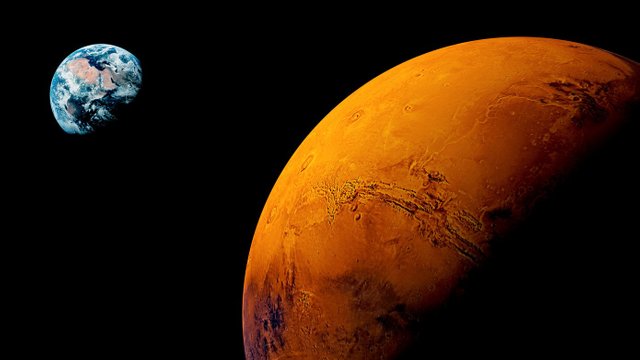3D Printing robots on Mars
Robots could build homes on Mars
NASA and other private businesses are committed to sending humans to Mars in the close future. After journeying for about 9 months to get to the red planet, those pioneering astronauts will need to get right to work with establishing the colony and exploring the planet. The process of getting settled in looks like it will be expedited, as robots are being developed that will build basic buildings and roads before astronauts arrive. Behrokh Khoshnevis, a NASA engineer from the University of Southern California, has been working for years on robots which can 3D print homes via extruding concrete and is leading the research to bring the technology to Mars.
Khoshnevis’ technique of printing buildings has been dubbed “contour crafting.” it works like the traditional 3D printing technique, only the machines are tons larger and instead of extruding plastic, it uses concrete. It is that building material that is presently posing the biggest issue. Concrete recipes may vary, but it typically consists of course aggregate like rocks, fine aggregates like sand, a cement binder, chemical additives, and recycled substances. The soil on Mars has a great deal of sulfur content, approximately four times that of Earths.
Even with reformulating the recipe to account for the sulphur, the sand on Mars is a great deal coarser than on the earth and is not going to go easily through the extruders. Earth sand has been crashed around due to the sea and wind practically since the first sunrise of the planet, and erosion has left it feeling smooth and fine. While Mars does experience large dust devils, the Martian sand doesn’t undergo nearly as much erosion as Earth beach sand.
The near lack of an atmosphere and climate on Mars does have some blessings, as does the particularly reduced gravity as compared to Earth. Will not need to withstand strong winds or gravitational pressure, which will add to the durability of the infrastructure.
Some of the first buildings for humans that will appear on the surface of the red planet include “ landing pads and aprons, roads, blast walls and shade walls, thermal and micrometeorite protection shields and dust-free platforms,” among others. NASA hopes to use similar equipment to construct infrastructure on the lunar floor, although there are similar issues with the lack of fine sand for concrete aggregate.
NASA has not announced a proposed timeline for these 3D-printing robots to get to the Martian or lunar surface to prepare for astronauts. Mars One hopes to begin the permanent colony on Mars starting in 2024, while SpaceX is targeting 2026. There have been doubts about the feasibility of those timelines, however, and a manned flyby might be more realistic. NASA is currently hoping to have astronauts on the planet by the mid-2030s.


interesting post